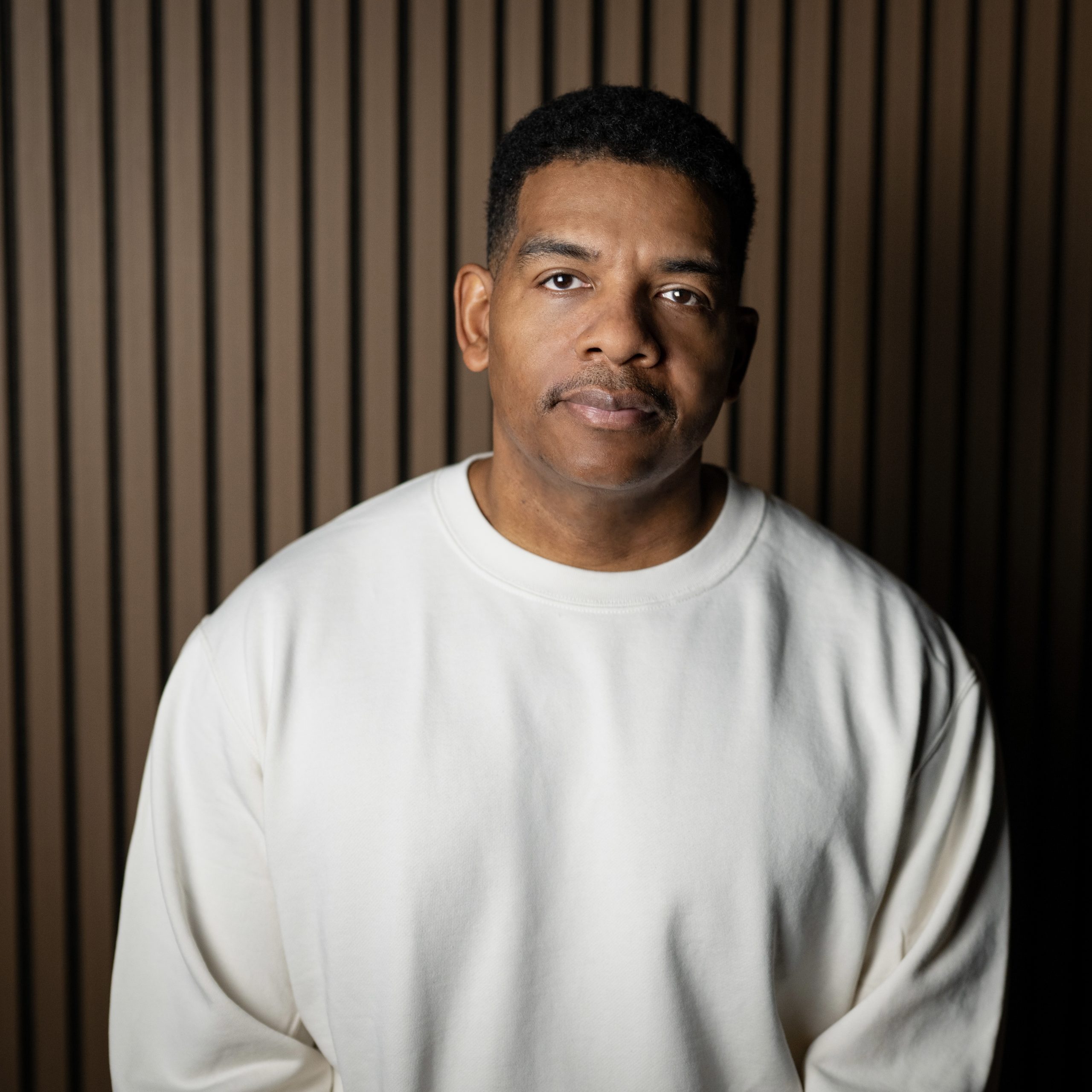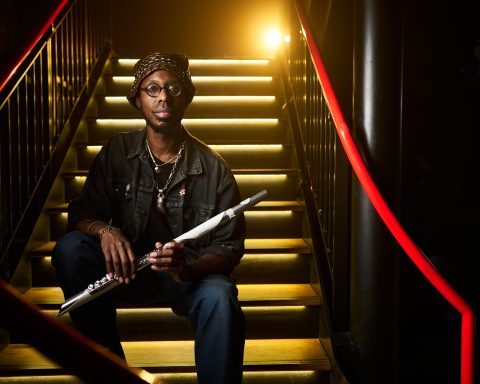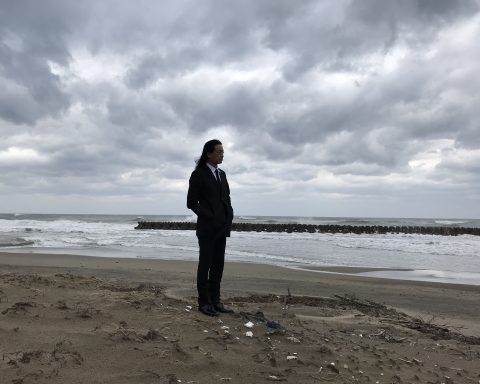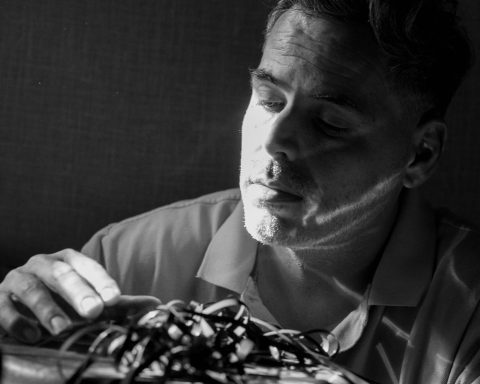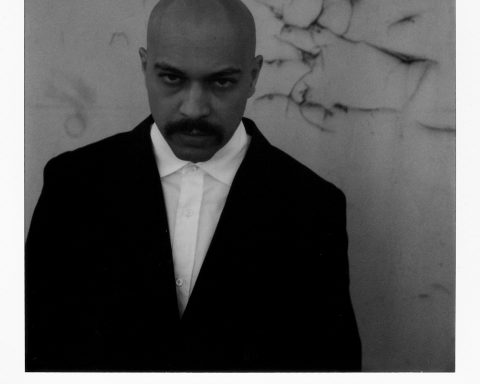Born and raised in Queens, New York, Ken “Duro” Ifill was an architect of the raw and brash sonic slaps in the face that defined New York City hip-hop production in the late ’90s and early 2000s. From helping engineer Mobb Deep’s seminal album The Infamous to mixing Jay-Z’s Grammy Award-winning anthem “Empire State of Mind” and the litany of hits in between, Duro is a name that evokes timeless memories for many. The brilliant producer/engineer takes a look back at his career while discussing how the Roland JV-1080 and JV-2080 helped shape the sound of 2000s hip-hop.
Legacy Building
You’ve had a 30+ year career in music. One of the first major projects you helped with was Mobb Deep’s The Infamous, where you were an intern engineer for Q-Tip. Last month was its 30th anniversary. What was your experience like working on that?
Working with Q-Tip was a full circle moment for me because a big part of why I got into engineering and wanting to be in the studio that way was because of The Low End Theory album. That album was the first time I noticed the sonic difference in the music I listened to. It sounded different as far as how big the bass was, and the balance of all of the sounds. I did research and realized a big part of that was their engineer, Bob Powers. I started more as a producer. But, when I realized that the engineer was in the room with the producers all the time, I figured that was how I could learn the tricks of the trade for producing.
When Q-Tip was working on Mobb Deep’s album, I was put in a room as a recording engineer. The next summer, I went outside the studio I worked at, Platinum Island Studio, and I would hear every car playing The Infamous. In my head, I’m thinking, “That’s where I punched the vocals in.” I’m hearing the snare and remembering which record they grabbed the snare from. If I wasn’t sure what I wanted to do for the rest of my life before that moment, I knew then.
"The next summer, I went outside the studio I worked at, Platinum Island Studio, and I would hear every car playing The Infamous."
Leaving a Sonic Imprint
After that, you left your sonic imprint on hip-hop by producing for everyone from Jay-Z and Eminem to Mariah Carey and Snoop Dogg. But the first artist you and DJ Clue signed to your label Desert Storm Records was Fabolous in 1997. How did you two develop him?
Fabolous, from the moment we met him, was very detail-oriented lyrically. In the very beginning, he would just write rhymes, and there was no song structure. He still always stayed on topic. So, even if there were three verses, he wrote with no hook, there was always an underlying story to the verses. I think he grew as he started to travel. Back then, his world was downtown Brooklyn. Traveling around the country with us on Jay-Z’s Hard Knock Life Tour in 1999 was all part of his development. He was super observant, and we would give him music to listen to, not to mimic but to figure out how to incorporate it into his music.
By his second album, he started coming in with hook ideas before he even wrote the verses. He started to get better at song structure. Then, with his third album, he learned to use his voice differently. He was projecting his voice more. All those things were happening for him as we were pointing him in the right direction with our guidance, as opposed to telling him, “Do this, do that!” Our main goal was to help him be the best version of himself.
"All those things were happening for him as we were pointing him in the right direction with our guidance, as opposed to telling him, 'Do this,
do that!'"
The Roland Effect
Looking back, how did Roland help you start your music career?
The first piece of Roland gear I owned was the S-760 sampler. I used it as a tool for both engineering and production. One of the things that drew me to it was how Roland’s converters were really warm. The machine also came with a bunch of samples, like string and orchestral patches. It also allowed you to load S950 and S1000 samplers, so I could use my old samples. You could also hook an external monitor to it to see your waveforms and a robust amount of useful information.
For the first beat I ever sold, I used the SP-1200 as a sequencer, but I triggered all of the sounds out of the Roland S-760. It was for a song called “Light (Can You See It?)” on a DJ Krush album with Mos Def rapping on it back in 1995.
What other hits from your catalog did you make on Roland machines?
For Fabolous’s “So Into You,” I placed a wind chime throughout the song, which is a string sound with wind chimes on top of it. I would go inside the Roland JV-1080 to lower the strings and raise the chimes. Go back and listen to it; you’ll hear an endless wind chime that sounds like it never stops.
The movement you hear in that sound is because it’s playing along with the chords. It’s changing pitch very slowly throughout the song. It almost rocks you to sleep. I used that on a lot of records. For Lil Mo’s “Superwoman,” the entire bridge breakdown was sounds from the Roland JV-2080.
Mariah Carey’s “Thank God I Found You (Make It Last Remix)” featuring Nas and Joe featured a sample of Keith Sweat’s “Make It Last Forever” song. When you talk about the ’80s sound, especially the drums and synthesizers, it typically came from Roland machines. So, when we were recreating the sample, outside of the live instruments, all of the sounds came from the Roland JUNO-106, JV-1080, and JV-2080.
"When you talk about the '80s sound, especially the drums and synthesizers, it typically came from Roland machines."
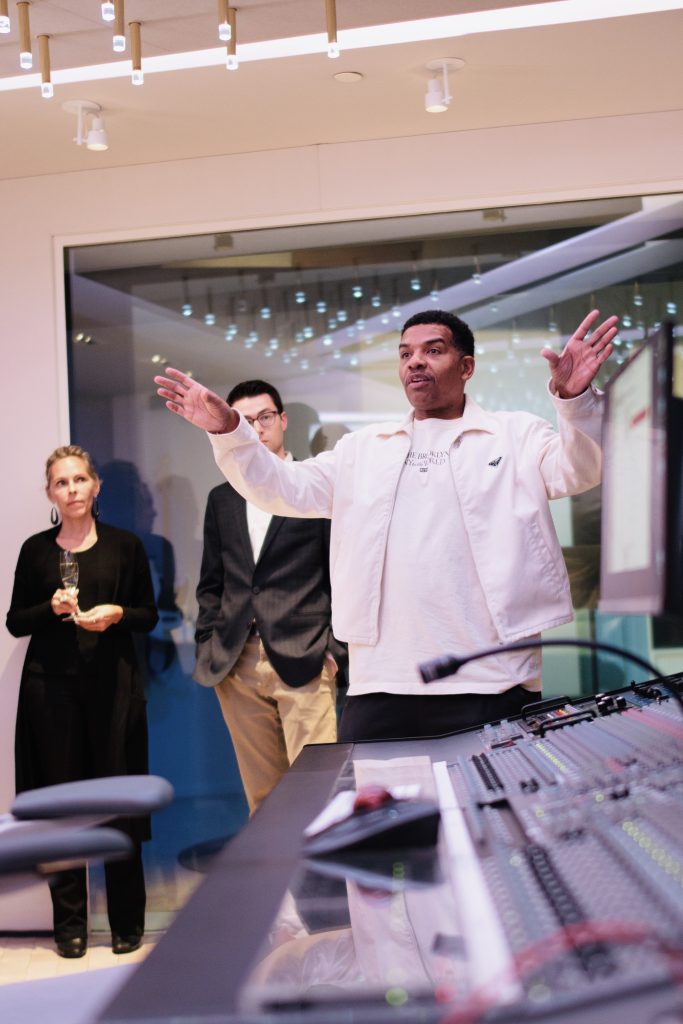
Swirling Sounds
Decades later, you’ve been working heavily with Dolby Atmos. How do you feel Dolby Atmos could have enhanced the music you’ve made?
“So Into You” is a perfect example of how Dolby Atmos could’ve expanded the sound Roland started. When I envision sounds like voice pads or those wind chimes, I don’t imagine them panning from left to right. I imagine them swirling around my head, and very immersive. Creating immersive synths might be right around the corner if they’re not already happening. Dolby Atmos gives us the opportunity to hear sound in the real world the way we imagine it in our heads.
